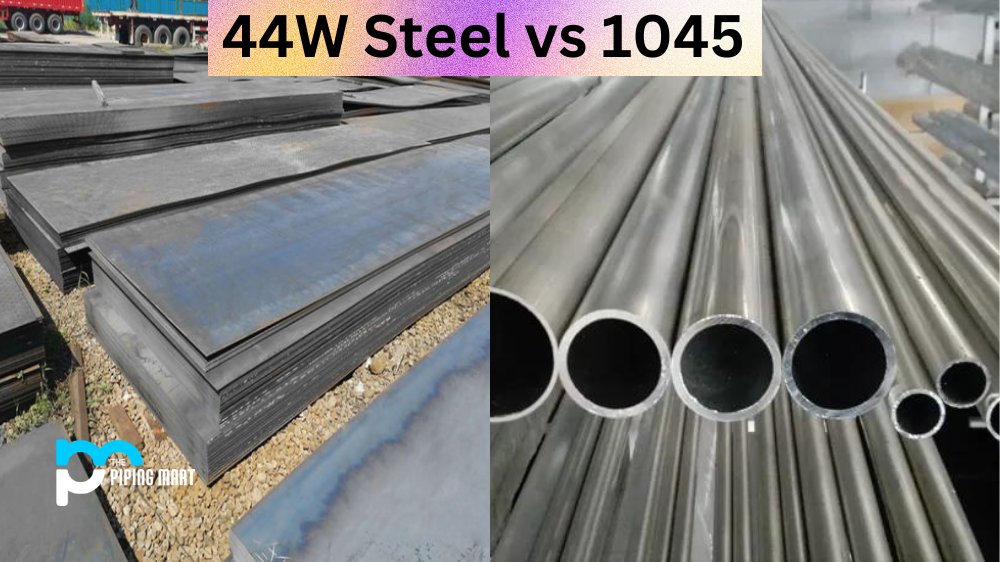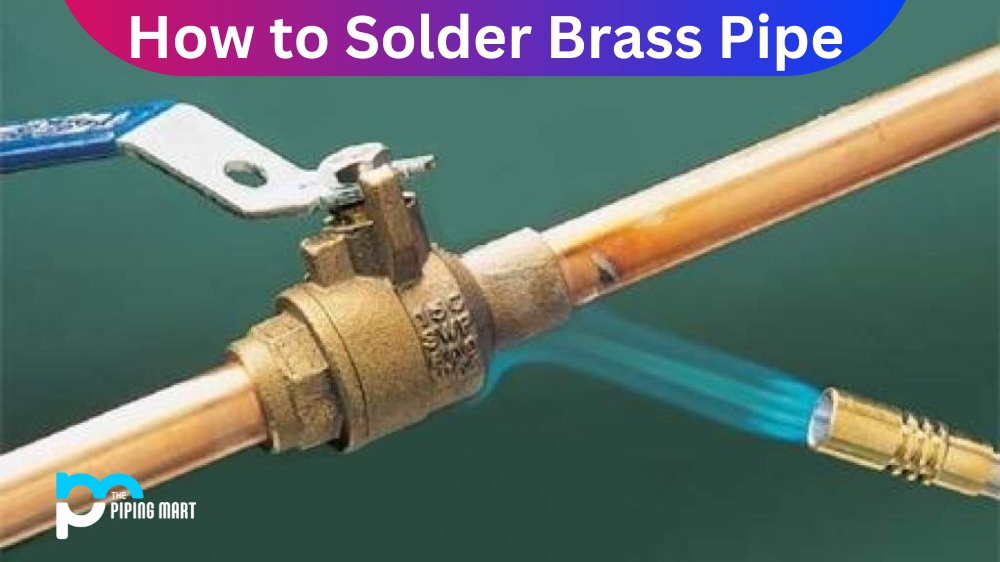Stainless steel is one of the most popular industrial materials because of its strength, durability, and corrosion resistance properties. Two types of stainless steel commonly used in manufacturing applications include 431 and 17-4. While both materials are known for their strength and hardness, they are unique in their chemical composition, properties, and applications. In this blog post, we will delve deeper into the differences between 431 stainless steel and 17-4 and their applications in the industry.
Difference Between 431 Stainless Steel and 17-4
Chemical Composition
let’s look at the chemical composition of 431 stainless steel and 17-4. 431 stainless steel is martensitic stainless steel with a high level of chromium, which gives it good corrosion resistance properties. The addition of nickel improves its strength and toughness. On the other hand, 17-4 is precipitation-hardening stainless steel with high levels of chromium, copper, and nickel. Adding molybdenum and niobium further enhances its strength and corrosion resistance properties.
Properties
The properties of 431 stainless steel and 17-4 also differ. 431 stainless steel is known for its high tensile strength and hardness. Its corrosion resistance properties are lower, making it best suited for applications not exposed to corrosive environments. 17-4, on the other hand, has excellent corrosion resistance properties, making it suitable for applications that require exposure to corrosive environments. It also has high tensile strength and hardness, making it a popular choice in the aerospace and defence industries.
Applications
Their applications also differ. 431 stainless steel is commonly used to manufacture shafts, pump parts, bolts, and valves. Its high tensile strength makes it ideal for high-stress and fatigue resistance applications. 17-4 is commonly used in the aerospace, defence, and medical industries. Its excellent corrosion resistance properties make it a suitable material for aircraft fittings, surgical instruments, and fasteners. It is also commonly used in the nuclear industry.
Machinability
The machinability of the two materials also differs. 431 stainless steel is easier to machine than 17-4 because of its lower hardness. This makes it easier to produce complex shapes and designs. However, excessive heat during machining can lead to material hardening, which reduces machineability. 17-4 is harder to machine than 431 stainless steel because of its high tensile strength. However, it can be machined using the right cutting tools and processes.
Conclusion
In conclusion, the differences between 431 stainless steel and 17-4 lie in their chemical composition, properties, applications, and machinability. Both materials have unique advantages and disadvantages, making them suitable for different applications in the industry. Choosing the right material for your application requires a thorough understanding of the properties and requirements of the material. Whether you are in the aerospace, defence, medical, or nuclear industry, make sure that you choose the right material for the job.
Rachana is a dedicated and ambitious young woman who has made a name for herself in the metal industry. From her earliest days in the industry, Rachana showed a natural talent for problem-solving and a keen eye for detail. In her free time, She enjoys reading up on the latest advancements in the industry, as well as exploring new ways to innovate and improve upon existing processes.




